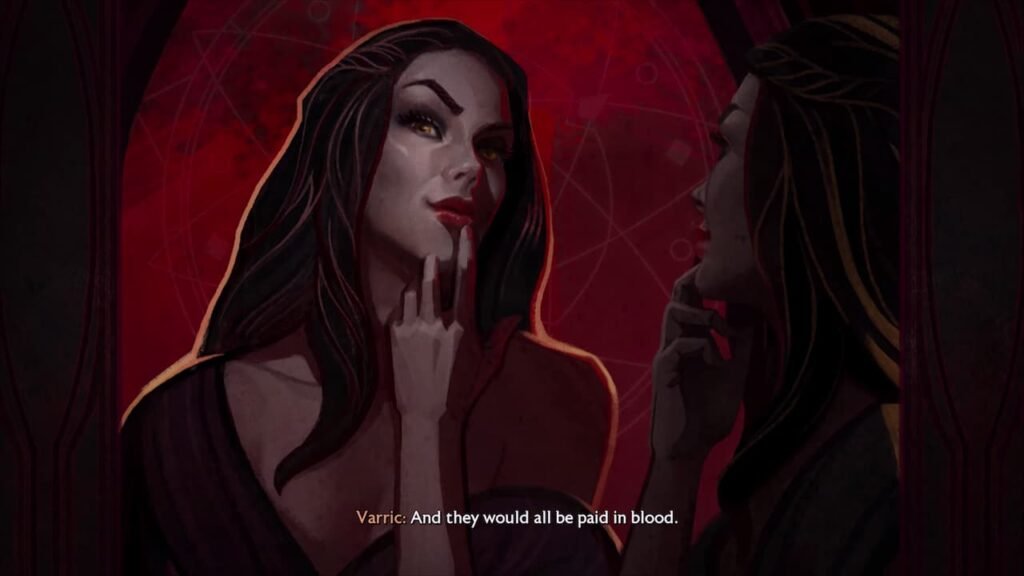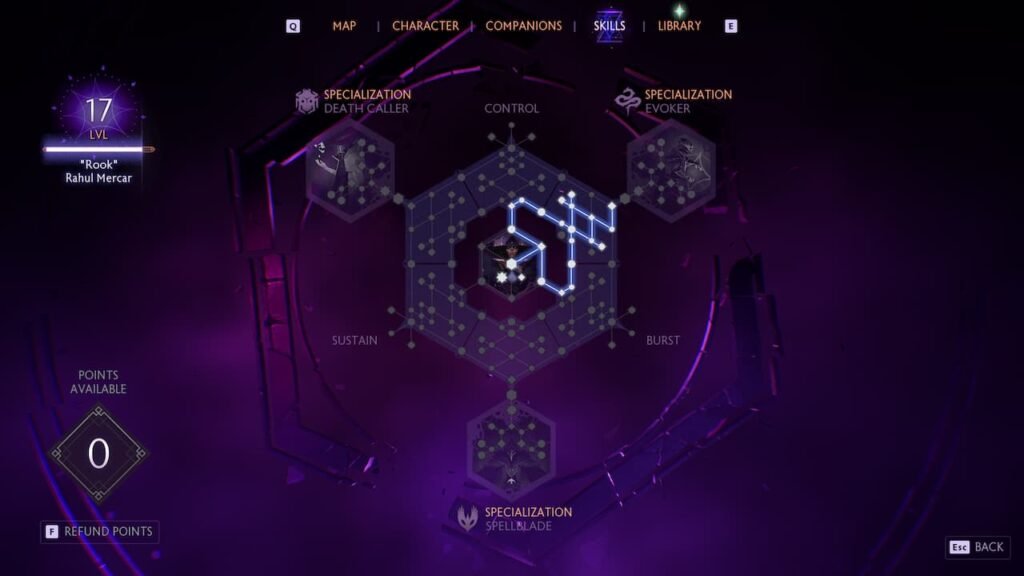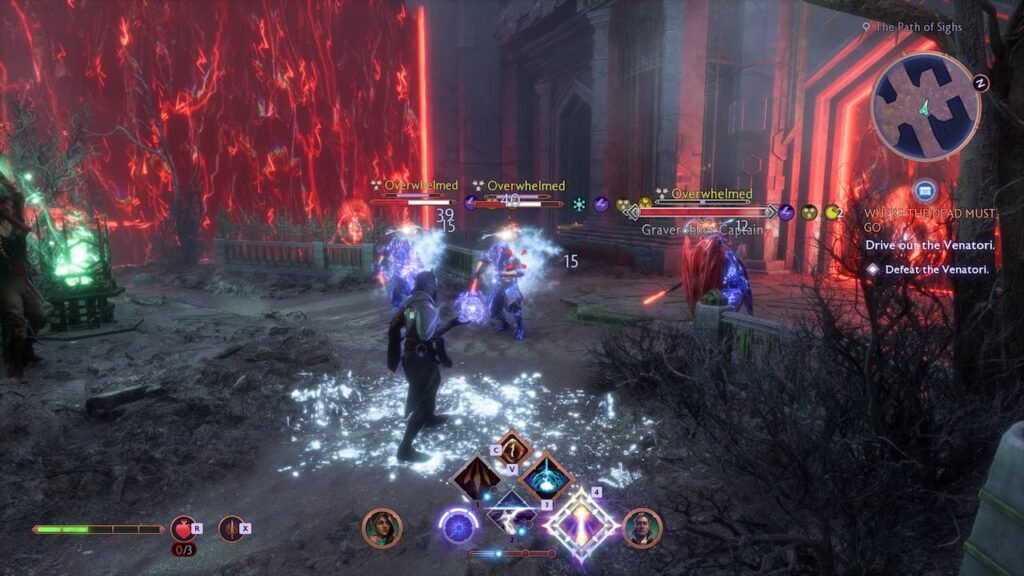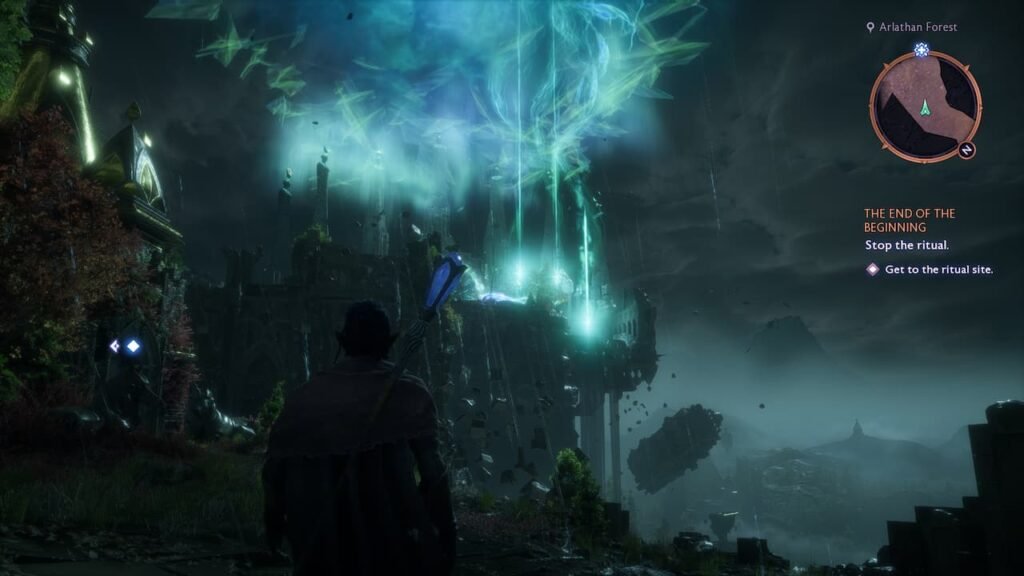Dragon Age: The Veilguard is the latest installment in Bioware’s long-running medieval RPG franchise. This title picks up from where Inquisition left off, focusing on what one could call Solas’ anti-hero arc.
Bioware’s new title did a lot of things correctly, but there are some major areas where the developers faltered. Overall, it’s still a robust title you can pick up even if you haven’t played the previous games in the franchise.
However, if you’re a long-time fan of the Dragon Age franchise, there’s a high chance that you might be disappointed.
Character customization is detailed but contains borderline cartoon-like elements
When it comes to modern RPG games, you will likely be spending a lot of time creating your character. The same holds for Dragon Age: The Veilguard. There’s a lot of freedom when it comes to fine-tuning the physical features of how Rook looks.
But, the problem lies in the fact that the base character models that you get to work within the game are something you’ll see in animated movies like Frozen. This is starkly different from what we had in Dragon Age: Inquisition.
One of the major examples would be the Qunari, who had an extremely intimidating appearance in the previous titles in the franchise. That very same character design can be seen in the Digital Artbook too.
However, if you look at Taash, who also happens to be one of the companions who you can get on your side, her horns are rolled and placed over her head rather than being spread out to the sides.
Despite this major flaw, the character creator is still robust and does indeed allow you a lot of freedom when it comes to designing the Rook’s final appearance. Once you’re done with how your character looks, you’ll finally be on your way to start the story.
The storyline is intricate, but you cannot be evil here
The story starts with you and Varric hunting down Solas to stop him from opening the Veil. You start in Minrathous and you need to find Neve, the first companion you encounter. This initial segment also serves as the tutorial segment where you’re introduced to the combat mechanics available in the game.
The mechanics themselves are fairly simple to understand, but the complications begin when you’re finally introduced to the skill point system, which is made available to you once you’ve completed the initial tutorial section, but more on that later.
Towards the end of the initial segment, you will encounter your first choice, which brings me to my second major qualm with the companions and the overall choice system in Dragon Age: The Veilguard.

The companions themselves are fleshed out decently, and you’ll get to know a bit more about them if you listen to what they have to say when you’re engaging in dialogue with them. But, the choices themselves feel very inconsequential.
For example, there will come a point in the story where you will have to choose between saving two cities. Whatever choice you make will not make a significant difference other than locking the companion associated with the city out for a short time.
The same holds true for the romance options too. The choices you make, even when romancing a character do not feel consequential at all. The approval system from the previous game has made its way to The Veilguard too, but a character approving or disapproving of you does not make much of a difference at all, other than changing a few dialogues and who you can romance.
There are, however, a few major choices that you need to make, which will eventually affect the storyline of the game, but that’s about it. And that happens to be another major issue that I have with this title.
Unlike most RPGs that came before Dragon Age: The Veilguard, no matter what you do, you cannot be evil at all. No matter what choice you make, you’ll still be the good guy at the end of the day.
The characters themselves avoid sensitive topics. For example, Bellara, one of the companions who you will come across early in the game, is a Dalish Elf, a race who’s historically worshiped the main antagonists of this title, and has been against humans.
However, throughout the numerous conversations that Rook and Bellara have, this subject isn’t touched upon at all. The same holds true for the Antivan Crows and the Qunari too.
Dragon Age: The Veilguard gives you a false sense of control over your companions
Since we’ve spoken a bit too much about the storyline part of the companions, it’s time we get to the combat mechanics. When you’re fighting against the enemy, if you can time your movements correctly, you’ll be able to eliminate all the enemies single-handedly.
Of course, the difficulty settings will have an important role here, because the higher the difficulty, the more lethal they get. But, despite that, if you can time your attacks and dodges right, you can take out the enemy with ease, so you don’t necessarily need to take a companion into the fight.
You’ll have the choice to take only two additional players in your party, but you can’t control them like you could do so in Dragon Age: Inquisition.
You’ll obviously be able to use their abilities, with set cooldowns, for some powerful combos, but that’s how effective they are in combat. Some of them also play a role in helping you interact with the world, especially when solving puzzles, so that’s a bonus.

This brings me to the skill points. Now, you’ll be able to choose your skill build and the skills for your companion. The system itself is pretty robust, but it takes some getting used to. For your Rook, you’ll be able to select one of three specializations, each with a unique playstyle.
At any given point, you’ll be able to easily respec your skill points without any additional cost, which allows you to experiment with the different options before you finally settle down on one. This feature is impressive because Dragon Age: The Veilguard is a single-player title, and having such flexibility is important.
The combat isn’t clunky, but it could have been a bit smoother
Once you’ve got a hang of how the skill points and the building work, you’ll have an easier time fighting the various enemies. If you’re looking for enemy variety, you’ll be a little disappointed but you get to fight a lot, so that probably makes up for the lack of enemy types.
The fight sequences themselves are very free-flowing, alongside the skills that you have at your disposal. You get three classes to choose from, and all three classes bring a unique approach to the table for engaging the enemy.

Mages deal ranged attacks only, whereas Warriors are tailored for melee combat. Rogues on the other hand are a hybrid. You’ll have an array of weapons available too, based on the class that you choose.
The game features an upgrade system as well, and it’s one of the most important ways to become powerful. Be warned, the system is grindy, and you’ll have to level up the shop before you can access the more powerful upgrades and equipment that the vendor sells.
It’s also worth noting that your companions are adept fighters so they will engage the enemy irrespective of you being present in the fight. However, if you leave the area, they’ll follow you out.
Since they don’t die or lose health per se, you can just dodge attacks and let your companions do all the fighting, but that’s only fun for the first 30 seconds and unnecessarily prolongs a fight. You’ll probably dispose of the enemy quicker no matter the difficulty you’re playing on.
Bioware adopted the “don’t fix what isn’t broken” policy with the audio-visual segment in Dragon Age: The Veilguard
The visuals are pretty standard and similar to what you’ve seen in Dragon Age: Inquisition, with the obvious lighting and detail upgrades. Yes, the landscape itself is extremely different, and it’s not exactly an open world like its predecessor, but it surprisingly works in favor of this title.

You’ll be traveling to different cities and towns through a network of mirrors which is a rather unique take on world exploration. It makes sense too, because it’s the end of the world and two Elven Gods are wreaking havoc, so, using a rather magical form of travel just makes sense.
There are no complaints about the world design either. For an entire region that’s been taken over by Blight, seeing a chaotic world isn’t out of the ordinary.
The audio is also top-notch and complements the game beautifully. Composed by Hans Zimmer, it’s no surprise that this bit is so well made.
It would be wrong to talk about the audio-visual segment without mentioning the optimization. The game runs smoothly, without any hiccups on a 4060, on Ultra settings. This is another section that Bioware has pulled off well.
In Conclusion
Personal qualms aside, there’s not much that’s gone wrong with this game. Nuances aside, the main storyline is executed well, and is a place where both new players and veterans can start without much difficulty.
The combat is free-flowing and offers a challenge, especially if you’re playing on the harder difficulties. Although you can go ahead and beat the game with an absolutely random build, you’ll probably be dying a lot of times in the process.
Dragon Age: The Veilguard also has its fair share of tricky puzzles, but they have incredibly simple solutions. If you manage to explore the surrounding area near a puzzle, you’ll find clues that tell you the solution on how to solve it.
Overall, it’s a well-rounded title, which offers a good narrative of telling the Dreadwolf’s tale and how a band of individuals joined together and rose to the status of heroes!

Reviewed on: PC
Code Provided by: Bioware/Electronic Arts
